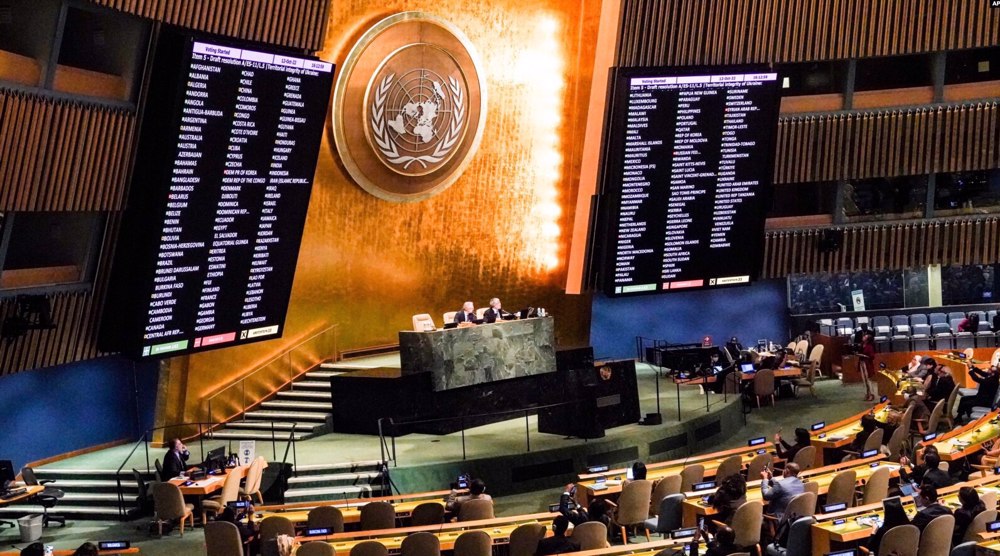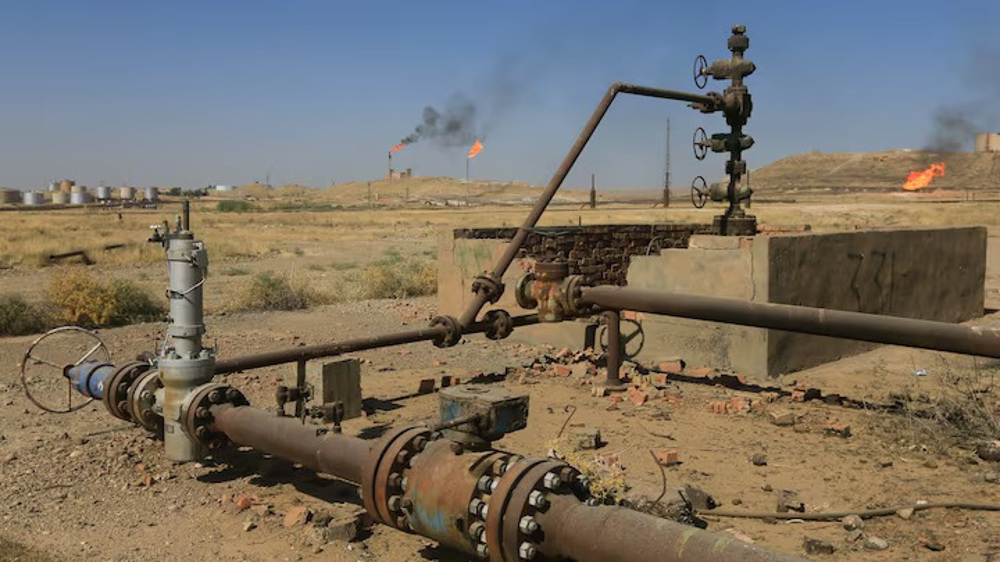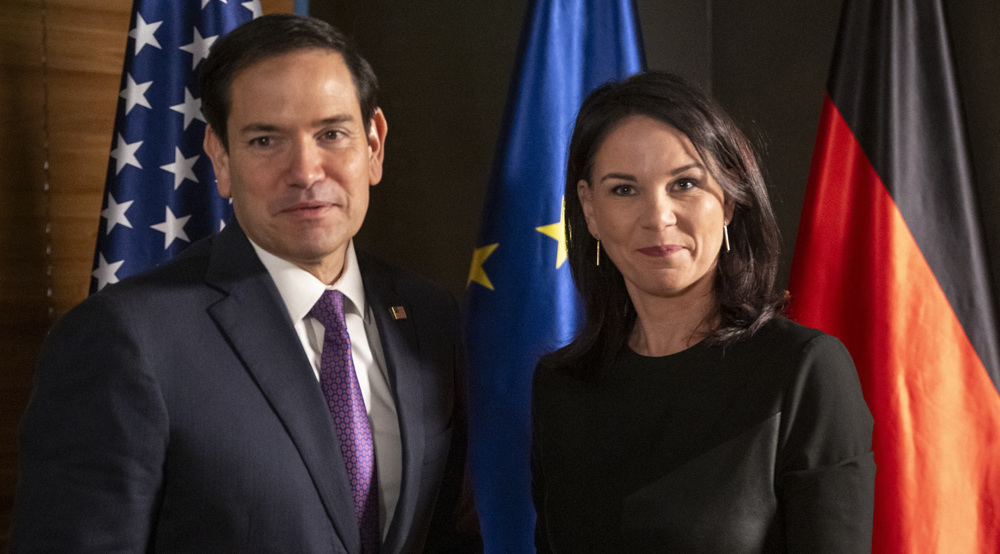Why number of US troops in Afghanistan doesn’t matter much
President Barack Obama announced last week that the US strategy in Afghanistan has changed again, slowing the drawdown of US forces in the country. He even bragged about why he constantly reviews his strategy in Afghanistan, changes commanders, and makes adjustments, saying he is “guided by the facts, what’s happening on the ground.”
His speech -- before his departure for the NATO Summit in Warsaw – was nothing less than an epitome of rhetorical and oratorical elegance and linguistic ability of the US commander-in-chief as his Janus-faced narrative of the war in Afghanistan did manage to obfuscate the kludge Washington calls the War on Terror. Let’s review some of the facts that are claimed to be the basis of Obama’s “adjustments.”
The Bush Doctrine
The events of the September 11, 2001, ensured that the foreign policy would dominate the political arena of the opening decade of the century. According to reports, al-Qaeda-affiliated terrorists hijacked four airliners; two of them crashed into Manhattan’s World Trade Center, a third into the Pentagon in Washington, and a fourth – headed for Washington -- crashed in Pennsylvania thanks to passengers overpowering the hijackers. Nearly 3,000 people died that day.
With his popularity soaring following the national trauma, then-President George W. Bush told America that terrorists attacked them “because we love freedom… and they hate freedom. They hate and we love.”
This is one of the moments in history that a politician redefines freedom to justify his decisions. During his September 20 speech, Bush announced a new foreign policy principle – later dubbed the Bush Doctrine -- consisted of three practical prongs: 1. The US will go to war with what it classifies as terrorism and “make no distinction between terrorists and the nations that harbor them--and hold both to account," 2. The US will "take the fight to the enemy overseas before they can attack us again here at home," and 3. The US will "confront threats before they fully materialize."
He even made a more aggressive restatement to justify military actions against Afghanistan or any country that Washington wants to see as enemy: “Every nation, in every region, now has a decision to make. Either you are with us, or you are with the terrorists.”
Such a xenophobic dichotomy sounds over-simplistic, to say the least, but was used – and has since been used – to justify American military operations against Afghanistan and Pakistan, allegedly harboring al-Qaeda sanctuaries.
Operation Enduring Freedom
On October 7 that year, the US – along with his key ally the United Kingdom -- launched its first airstrike on Afghanistan, which was then ruled by Taliban extremists who declined to hand over al-Qaeda’s leader Osama bin Laden unless given evidence of his involvement in the attacks.
In December 2001, the International Security Assistance Force (ISAF) was established by the United Nations Security Council. NATO joined the war in August 2003 and took the leadership of ISAF with help from troops of 43 countries. The offensive helped set up a new Afghan government that was friendly to the US, and finally in the 2004 popular elections, Hamid Karzai was elected as the president of the Islamic Republic of Afghanistan. Having fallen from power, Taliban leader Mullah Omar began recruitment in Pashtun areas of both Afghanistan and Pakistan in 2002 to reorganize the movement and begin an insurgency against the government and the US-led coalition in 2003.
The first phase of the war, officially named Operation Enduring Freedom, lasted over 13 years – from October 2001 to December 2014 -- and reportedly led to the killing of over 27,000 civilians and security forces – over 3,500 of whom from the US-led coalition.
Despite calling it an end to the conflict, 2014 was the deadliest year for Afghan civilians and forces with over 3,500 casualties, even more than those of the 9/11 itself.
The invasion of Afghanistan was never meant to last this long; or at least it was never advertised so. The announced plan was for the US and NATO to hold the land for only a few years -- until Afghan security forces are trained to take responsibility for the security of the country.
Money talks
The cost of keeping one soldier in Afghanistan is estimated between $1 million and $2 million a year, and despite the plan to withdraw from the country, the security effort is still costing US taxpayers around $4 million an hour.
According to NATO Secretary General Jens Stoltenberg, the Pentagon has budgeted $3.45 billion in annual US funds to pay for the 350,000 Afghan forces, with the Kabul government contributing an additional sum of around $420 million, for a total yearly budget of nearly $5 billion.
A report by the National Priorities Project -- a non-partisan non-profit federal budget research group that makes US complex federal budget transparent and accessible to people -- showed that more than $700 billion has been spent on the Afghan war since the Bush administration authorized the invasion.
With the numbers of the US troops fluctuating as units move in and out, the math doesn't always add up but according to reports there are currently about 9,800 US troops in Afghanistan. About 6,900 of them are part of NATO's train, advise, and assist mission aimed at working with Afghan army and police, and the rest are conducting counterterrorism missions. Other allies are contributing about 5,500 troops to the NATO advisory mission.
Will they ever leave?
With Taliban territorial gains across Afghanistan and Daesh gains in eastern areas, where several thousand former Taliban militants have pledged allegiance to the Takfiri terrorist group, the question is when the US-led forces plan to leave the country.
During his speech, Obama reiterated that the US forces “are now focused on two narrow missions: training and advising Afghan forces, and supporting counterterrorist operations against the remnants of al-Qaeda as well as other terrorist groups, including Daesh,” and added that “Afghan forces remain in control of all the major population centers, provincial capitals, major transit routes and most district centers.”
But the US president kept reminding that “the security situation in Afghanistan remains precarious. Even as they improve, Afghan security forces are still not as strong as they need to be,” again promising that he will not “allow Afghanistan to be used as safe haven for terrorists to attack our nation again.”
At the moment the situation in Afghanistan is far worse and more chaotic than in 2001. According to data by the US government's money watchdog in the Asian country (Special Inspector General for Afghan Reconstruction or SIGAR), the Taliban extremists now hold more territory than at any time since 2001.
If the promises of the war on Afghanistan are still the same as they were in 2001, what is really achieved there? How does the US want to win a fight that it did not win with 100,000 forces – now with less than 10,000 troops? Without even reaching the main goal of the invasion, what is left of the war is thousands more Afghan refugees around the world – particularly in Europe – and a new safe haven for Daesh.
“You heard a version of the story from Obama… and there’s also the reality,” American philosopher and scientist Noam Chomsky once said at a talk at Columbia University back in 2009, noting that the invasion did nothing but uniting the extremist elements in the country.
As long as the Afghan government fails to tackle the rampant violence and corruption that make life unbearable for Afghans, some people consider Taliban as a better alternative to the government, and as long as Taliban has supporters, insecurity prevails -- no matter how many US forces are in the country.
Netanyahu: Israel won't allow Hayat Tahrir al-Sham forces in southern Syria
Hezbollah leaders’ historic funeral showed resistance strength: Islamic Jihad
Iran reports surge in air traffic as Austrian, Lufthansa resume flights
VIDEO | South Africans set to lobby government to isolate Israel
IRGC chief: Nasrallah decisive figure in regional equations with global dimensions
VIDEO | Press TV's News Headlines
Netanyahu's son 'exiled abroad for hitting his father': Knesset member
Iran money supply up 28.4% y/y in late January: CBI










 This makes it easy to access the Press TV website
This makes it easy to access the Press TV website